George Floyd: Australia isn’t a world away – Indigenous deaths in custody occur frequently
Aussies watching the US erupt over the death of a black man at the hands of a police officer, thinking it’s a world away, need to wake up.
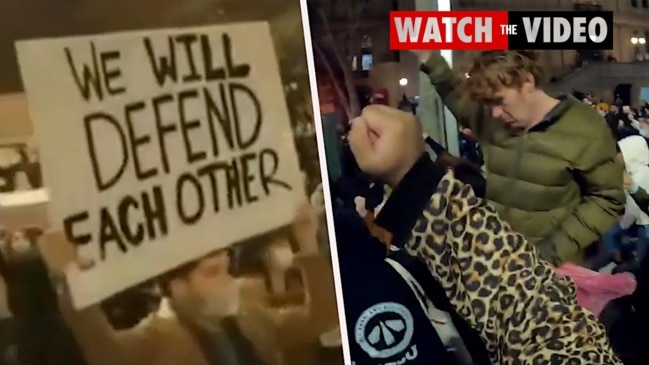
Thank God we’re not America.
Thank God Australia doesn’t have anywhere near the same levels of ingrained racism in policing that the United States seems to.
And then thank God our Indigenous people aren’t killed by police in alarming numbers.
Those are some the sentiments that many Aussies might be thinking and feeling in recent days, while watching tens of thousands of angry Americans take to the streets in the wake of yet another death of a black man at the hands of a white police officer.
The hashtag #cometoAustralia even began to trend this week, with people espousing the benefits of the country’s apparently more tolerant nature.
But Thalia Anthony, a professor of law at the University of Technology Sydney, said Australians need to “look in the mirror”.
“It is comfortable for us in Australia to throw stones at racist police violence in the United States,” Prof Anthony wrote in an article for The Conversation.
“It is comfortable because we do not see our own glass house.”
RELATED: Family call for cop’s arrest after Indigenous teen’s forceful detainment
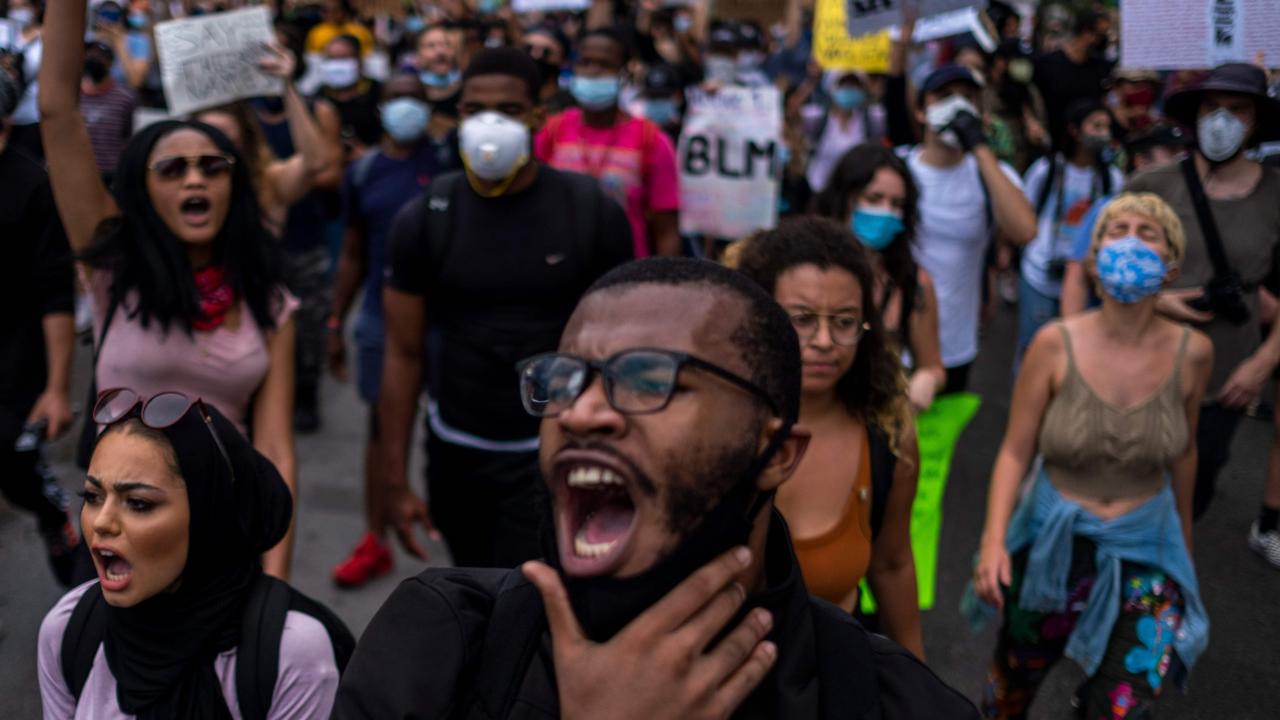
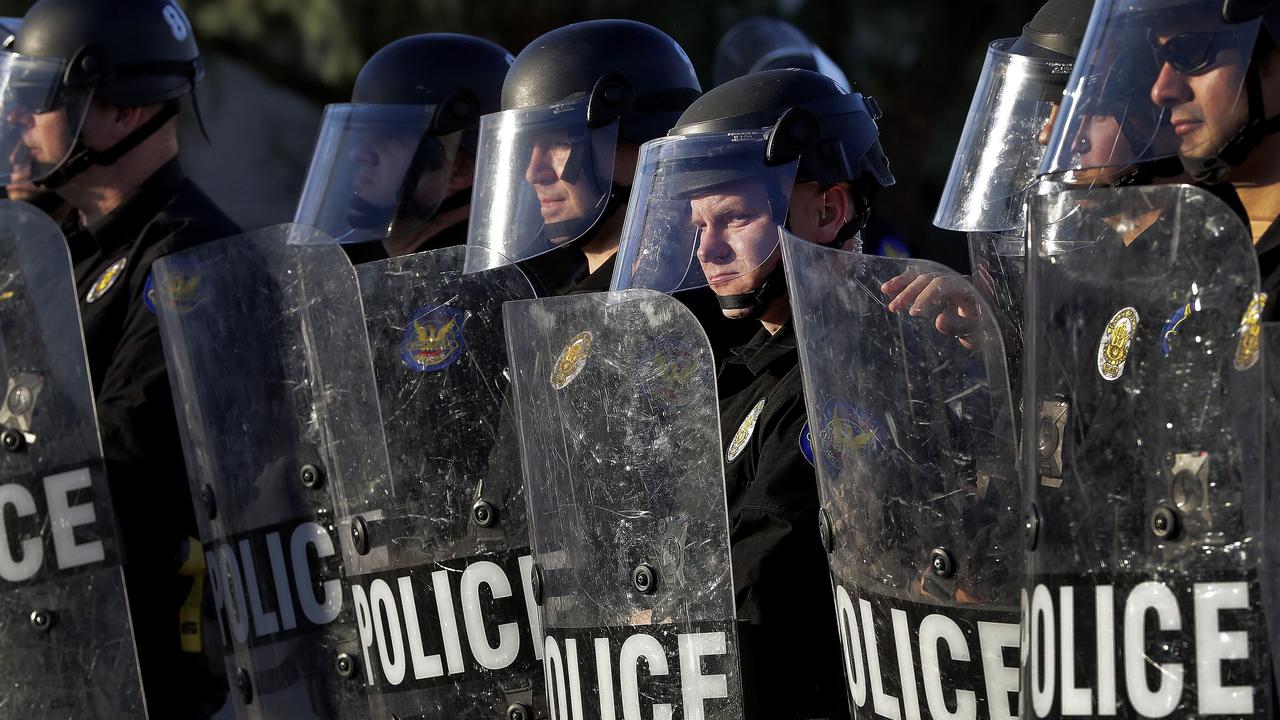
She quoted the words of Prime Minister Scott Morrison during an interview on 2GB Radio in Sydney on Monday, when he said: “And so as upsetting and terrible is the murder that took place, and it is shocking … I just think to myself how wonderful a country is Australia.”
But when you examine the data, Australia doesn’t compare quite so favourably to America.
Indigenous Australians are the most incarcerated people in the world – much higher than the rates of imprisonment of African-Americans, Prof Anthony pointed out.
“In 2019, for every 100,000 First Nations adults, 2481 are in prisons, compared with 164 non-Indigenous people,” she said.
“Despite comprising two per cent of the general adult population, First Nations Australians are 28 per cent of the prison population.
“For First Nations women, the rate is 33 per cent and they are 21 times more likely to be imprisoned than non-Indigenous women.”
And when it comes to young people, Indigenous children comprise 54 per cent of the population in juvenile detention centres across the country.
Indigenous children are 26 times more likely than non-Indigenous kids to be in detention.
All of these statistics needs to be considered with this in mind - Indigenous people represent about three per cent of the Australian population.
RELATED: Police filmed spitting on cuffed protesters
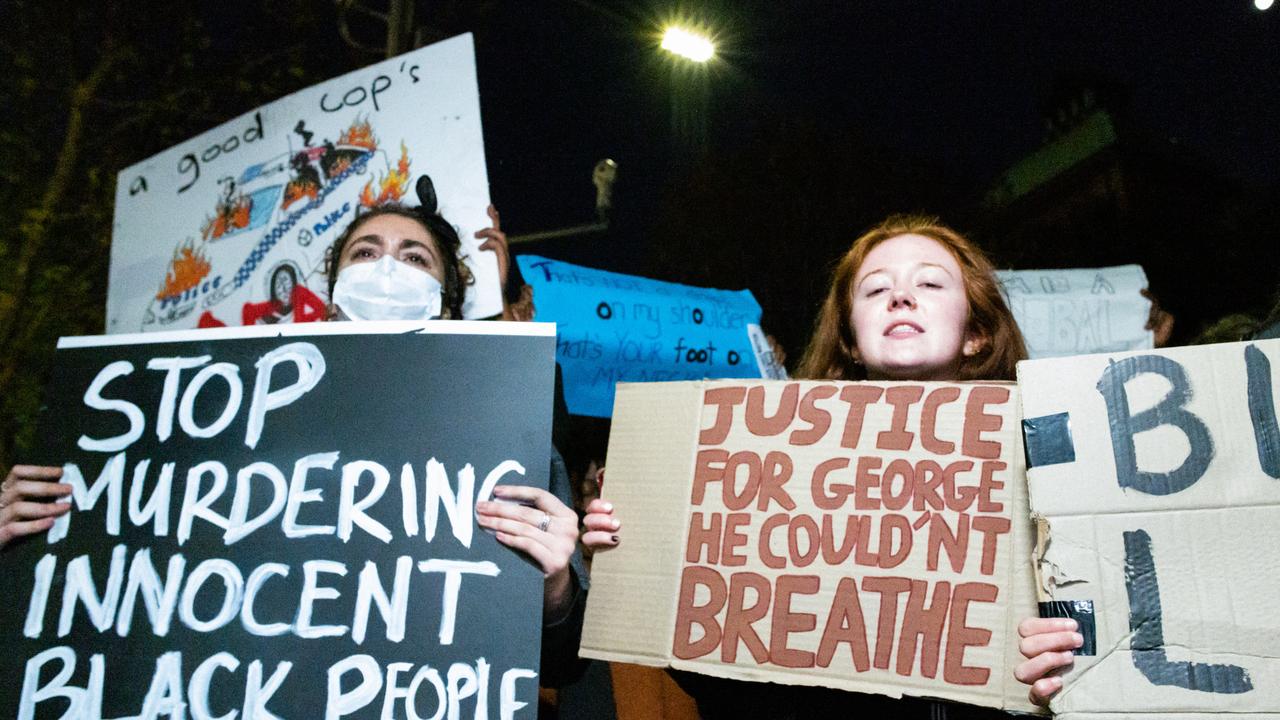
In a submission to a Law Reform Commission inquiry in 2018, Jesuit Social Services described the over-representation of Aboriginal and Torres Strait Islander peoples in prisons as “a national disgrace”.
On top of that, Australia has a shocking record when it comes to Indigenous deaths in custody.
The Royal Commission into Aboriginal Deaths in Custody held in 1991 promised change, aiming to highlight the serious issues plaguing the system and lay out a path for reform.
But nothing changed, and since then, 432 Indigenous Australians have died in custody.
And between 2008 and 2018, the rate of Indigenous deaths in custody almost doubled.
The definition of in custody is broader than ‘in a jail cell’ and refers to arrests and detentions.
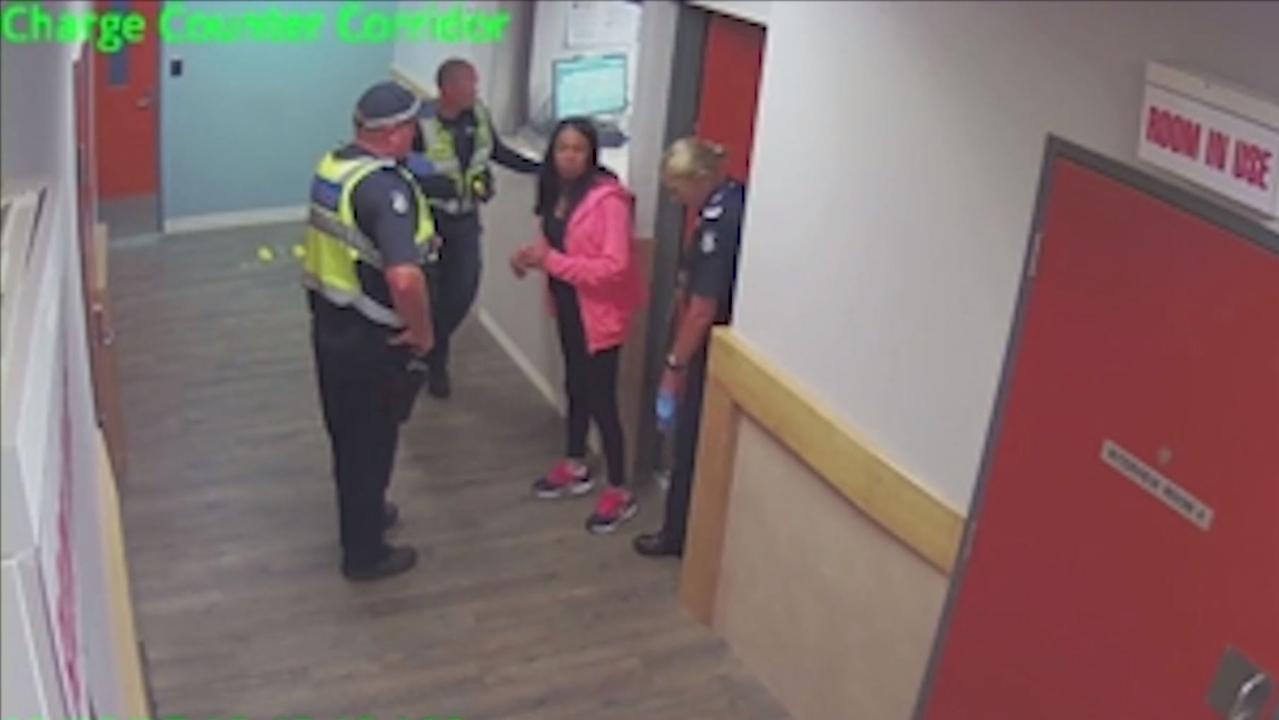
“Yet the deaths are only the tip of the iceberg,” Prof Anthony said.
“Everyday occurrences of police brutality against First Nations people, frequently filmed and uploaded on social media platforms, have even less formal oversight.”
Vision emerged this week of a Sydney police officer arresting a 17-year-old Indigenous man, with the officer seen tripping the teen during the arrest.
The officer has been placed on restricted duties while the matter is investigated.
New South Wales Police Minister David Elliott yesterday defended the officer’s actions, instead saying he was “horrified” by the language used by the young man.
RELATED: Australia’s approach to Indigenous communities is making life worse
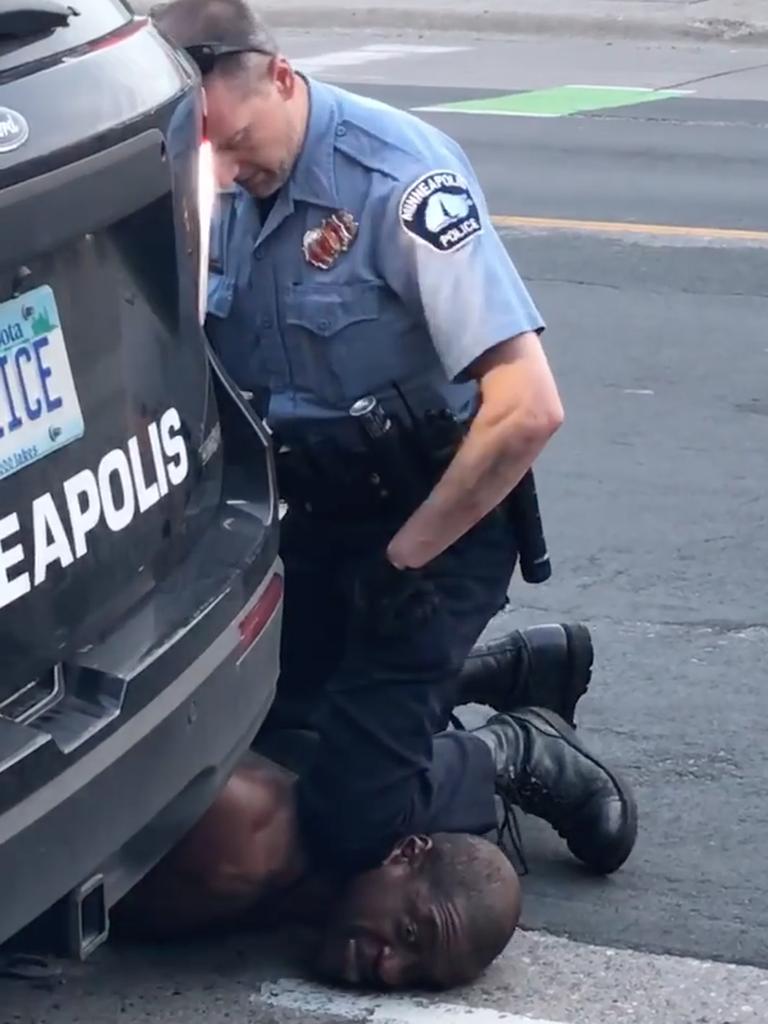
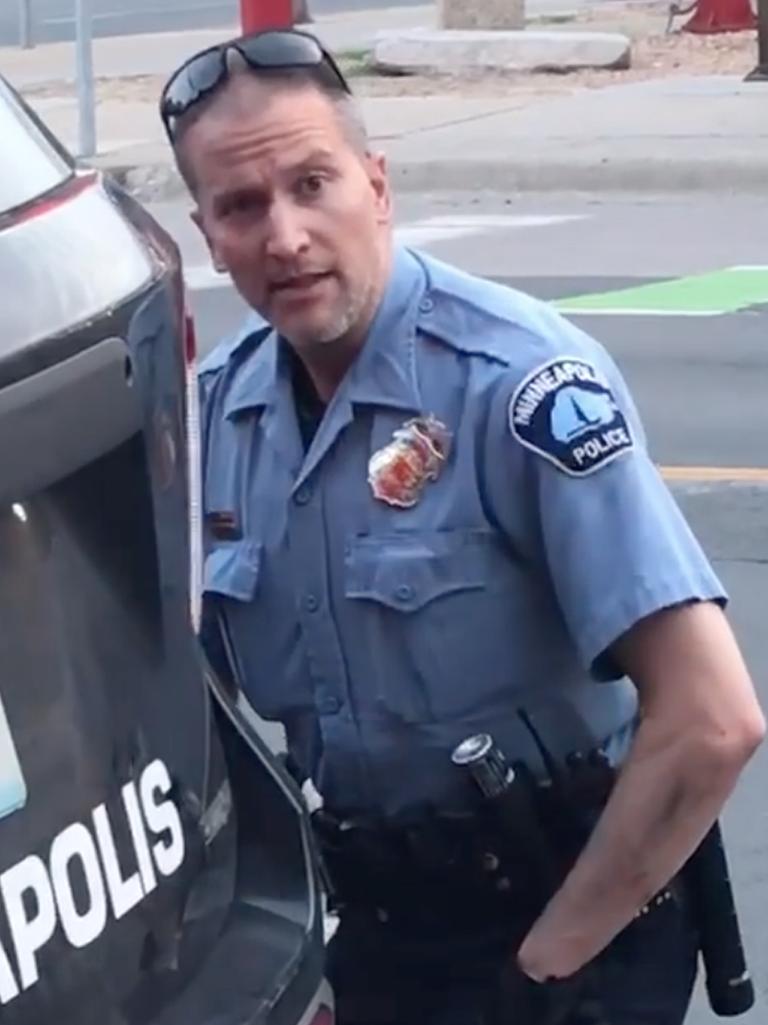
The death last week of George Floyd in Minneapolis in the US state of Minnesota has horrified many, after vision of his brutal arrest went viral.
In it, Mr Floyd can be seen on the ground, handcuffed, screaming that he can’t breathe while a white police officer kneels on his neck for almost 10 minutes.
The officer was initially charged with third-degree murder and manslaughter, with that charge now upgraded to second-degree murder. The three other police officers present at the scene during the killing have now also been charged with aiding and abetting second-degree murder.
But four years ago, another man uttered those same words 12 times while being held down by five officers in a Sydney jail cell.
David Dungay Jr died after the prison officers restrained him, including with handcuffs, and pushed him face down onto his bed and then on the concrete floor.
In vision of the horrific incident, Mr Dungay can be heard gasping for air and repeatedly pleading to be let up, that he can’t breathe.
His nephew Paul Francis wrote a piece for The Solidarity at the weekend, saying he couldn’t watch the vision of Mr Floyd’s death.
“It took me straight back to when I first saw the video of my uncle’s death,” Mr Francis wrote.
“Both men died from ‘positional asphyxia’. This happens when police or prison officers restrain someone face down with too much pressure.
“Both men were continuously saying, ‘I can’t breathe,’ and begging for their lives. Both men had multiple officers restraining them, pushing them into the ground and ignoring their cries for help, until they took their last breath.”
What if we were to invest in people and communities rather than just try to incarcerate our way out of problems?
— Deadly Connections Community & Justice Services (@deadlyccajs) December 17, 2019
Tanya Day died in a cell at Castlemaine Police Station in Victoria in 2017, after being arrested for public drunkenness on a train.
Officers left the 55-year-old alone for four hours despite the fact she had repeatedly fallen and hit her head.
When they eventually called an ambulance because she was non-responsive – paramedics took an hour to arrive – she was taken to Bendigo Hospital, and eventually transferred to Melbourne.
She died 17 days later from horrific brain injuries.
In a coronial inquest examining whether systemic racism had played a part in how Ms Day was treated, it was concluded that the matter should be referred to prosecutors because of “the possibility an indictable offence had occurred”.
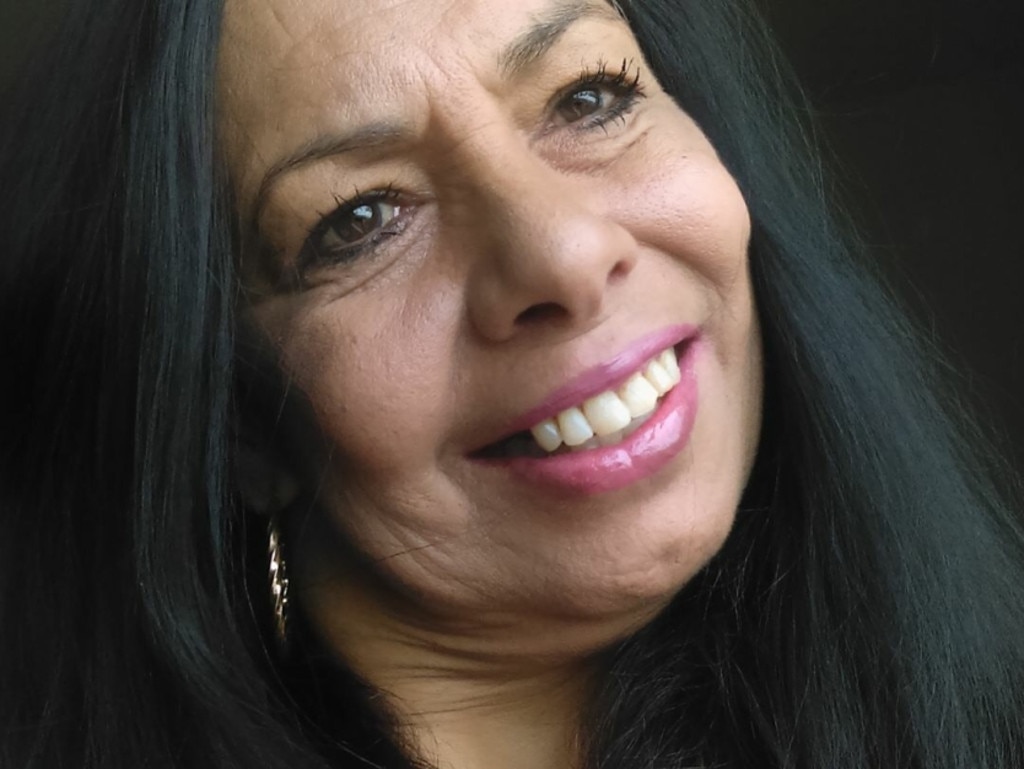
In 2014, a 22-year-old woman, known only as Ms Dhu for cultural reasons, was detained at South Hedland Police Station in Western Australia for unpaid fines.
She was kept in a cell for four days, during which time her health deteriorated significantly.
After complaining of acute rib pain, she was taken to hospital and examined by a doctor who discharged her and sent her back to the cell, saying she had “behaviour issues”.
Ms Dhu died of complications due to septicaemia related to a broken rib, sustained during a domestic violence incident a few months prior, that became infected.
Her unpaid fines totalled $3600.
And on January 2 this year, Veronica Walker, 37, was found dead in her cell at a Victorian jail after suffering medical complications from withdrawing from drugs.
She allegedly requested medical help with prison officers but was refused.
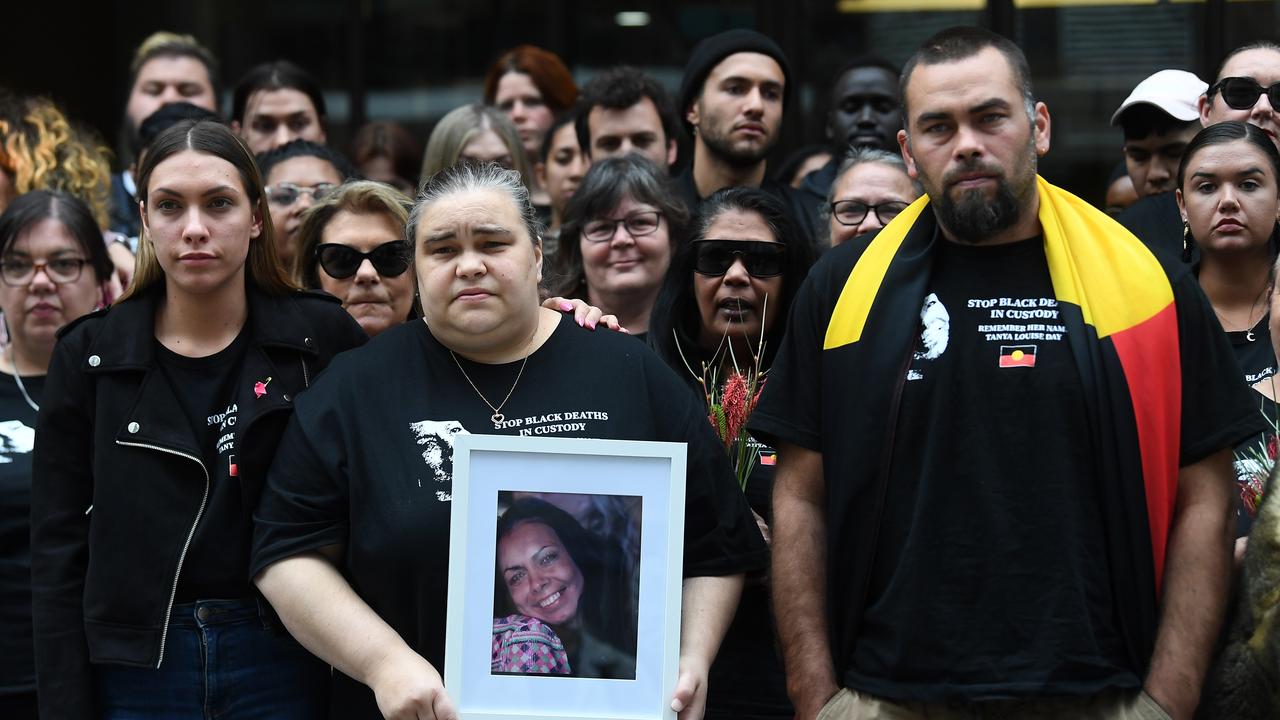
In his interview on Monday, Mr Morrison said that “Australia is not the United States”.
Such a simplistic viewpoint risks “legitimising the violence at our doorstep that is in our control,” Prof Anthony said.
“The danger of expressing outrage towards African-American deaths in custody is that we deflect our own agency and responsibility,” she said.
“It allows us to walk past racist police interventions on the false assumption that the problem is with the First Nations person rather than the police and Australian culture.
“The only response to racism is resistance. This must take place not simply in passive solidarity with African-Americans, but in our active support, protest and sacrifice for the lives of First Nations Australia.”
Labor MP Andrew Leigh yesterday called for action on Indigenous incarceration rates, saying it should be part of the Government’s Closing The Gap strategy.
“We ought to recognise that Indigenous over-incarceration isn’t in the long-term interests of anyone,” Mr Leigh told Channel 9’s Today program.
“We also know that incarceration has impacts on children. The typical prisoner has almost two kids, and so when you lock someone up that’s two kids that go to bed that night with a parent behind bars.
“And the massively rising rate of incarceration of Indigenous women is particularly affecting that as well.
“So, we do need to see this as a core priority for Australia, to bring down the Indigenous incarceration rate through better early intervention, better prison programs and through ensuring that we’ve got smarter policies that get us less crime and less punishment.”
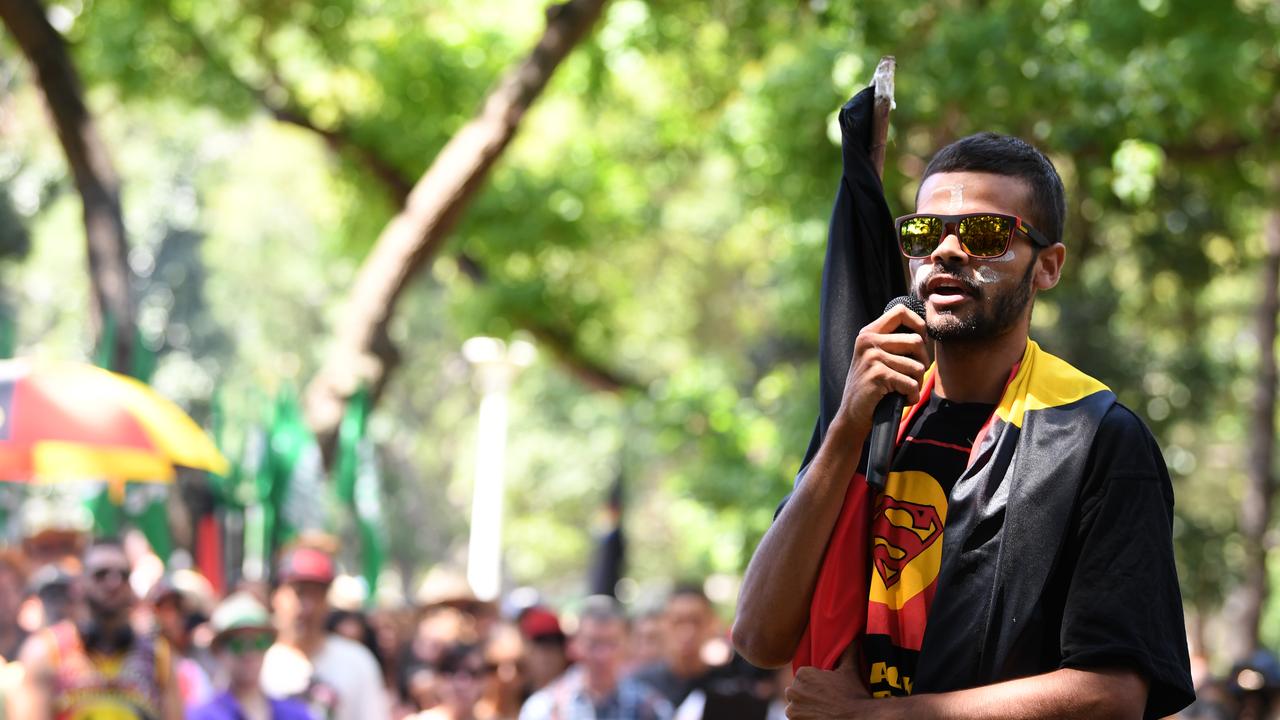
Speaking about the demonstrations in the US this week, Mr Francis said he hopes that Australians take to the streets to protest the country’s own systemic racism and demand change.
“We don’t get the same big response in Australia as they do in the United States with the Black Lives Matter movement, but we have had many people, both First Nations and non-Indigenous people standing with us,” he wrote.
“We can build on that – we need many more to join us.
“We can take inspiration from the United States and get back out on the streets in our own backyard, where there is so much brutality against black people too, that’s the only way to get justice.”




